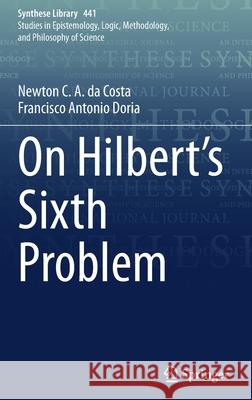On Hilbert's Sixth Problem » książka
topmenu
On Hilbert's Sixth Problem
ISBN-13: 9783030838362 / Angielski / Twarda / 2022 / 208 str.
On Hilbert's Sixth Problem
ISBN-13: 9783030838362 / Angielski / Twarda / 2022 / 208 str.
cena 389,98 zł
(netto: 371,41 VAT: 5%)
Najniższa cena z 30 dni: 385,52 zł
(netto: 371,41 VAT: 5%)
Najniższa cena z 30 dni: 385,52 zł
Termin realizacji zamówienia:
ok. 20 dni roboczych.
ok. 20 dni roboczych.
Darmowa dostawa!
Kategorie BISAC:
Wydawca:
Springer
Seria wydawnicza:
Język:
Angielski
ISBN-13:
9783030838362
Rok wydania:
2022
Wydanie:
2022
Numer serii:
000560157
Ilość stron:
208
Waga:
0.46 kg
Wymiary:
23.39 x 15.6 x 1.27
Oprawa:
Twarda
Wolumenów:
01
Dodatkowe informacje:
Wydanie ilustrowane











